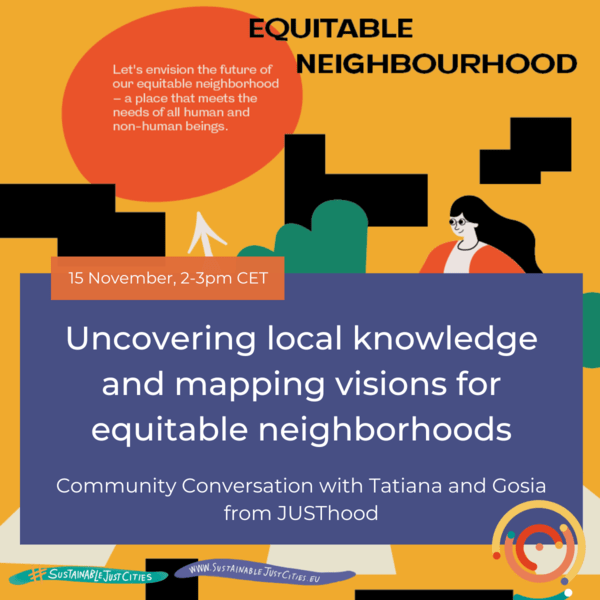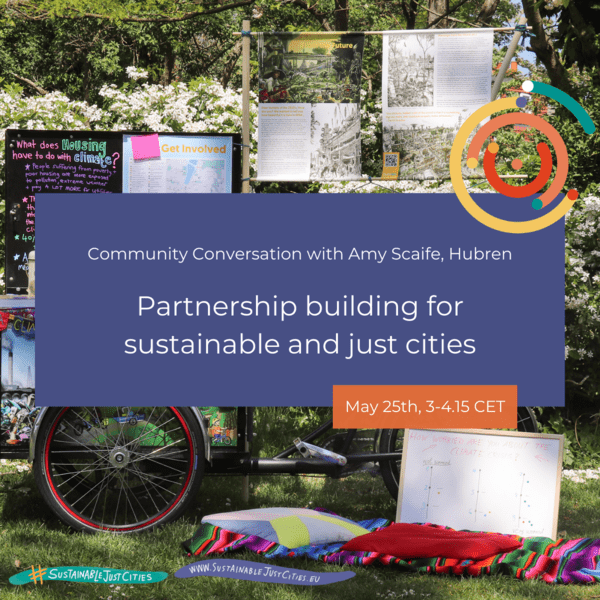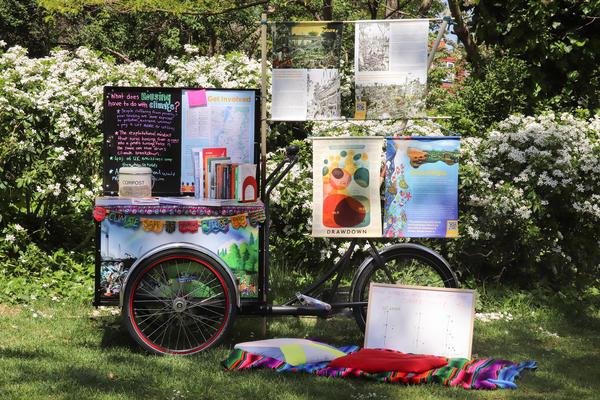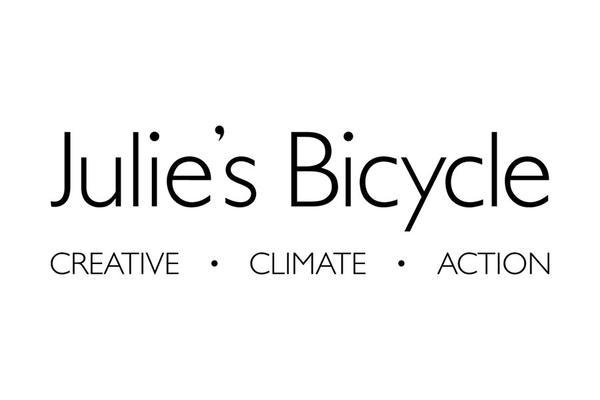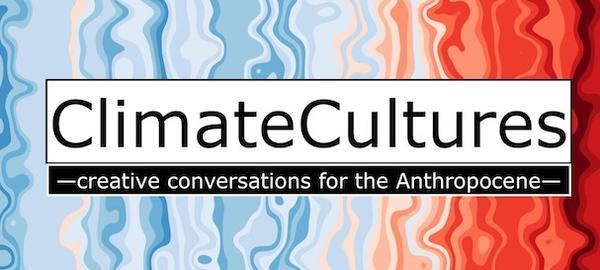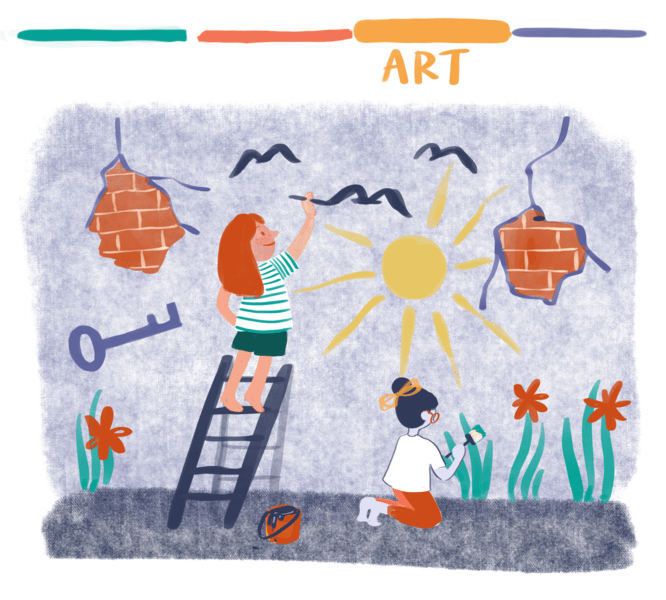
Art creates a sense of belonging, and has the power to transform places
#Art
Sustainable and just cities promote cultural, artistic and creative activities. Artistic practices help overcome verbal and emotional barriers, and can build shared values such as justice and belonging. The arts play a crucial role in political expression and education, in that they enable much needed social dialogue within and between communities. From there, people can make use of this exchange of local knowledge to promote visions for sustainable and just cities. Moreover, a sense of belonging and togetherness created in urban cultural and historic areas helps empower communities for a just transition.
Inspirational example
Greening city heritage, Bologna
The City of Bologna has transformed Piazza Rossini, one of the squares in the historic city centre, into a permanent pedestrian area, leaving behind its former use as a parking lot.
This initiative was powered by the Municipality of Bologna, the University of Bologna and Fondazione Innovazione Urbana. The initial idea of greening Piazza Rossini in an effort to restore social and cultural values of the square emerged during the participatory laboratory “U-Lab,” attended by more than 250 participants in 2018. Based on this lab, a group of university students designed the project and a green carpet was temporarily installed during the summer of 2020. With an average daily presence of 27.000 visitors, the area serves as a gathering space. In view of the positive environmental and social impact, the municipality decided to grant a pedestrian use for Piazza Rossini.
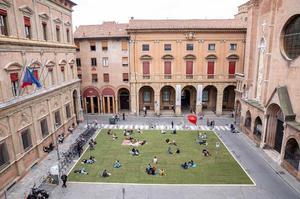
Avenues for action
You might be wondering, what everyday actions can I take to put all this theory into practice? Take a look at the avenues for action, below, for some practical guidance.

